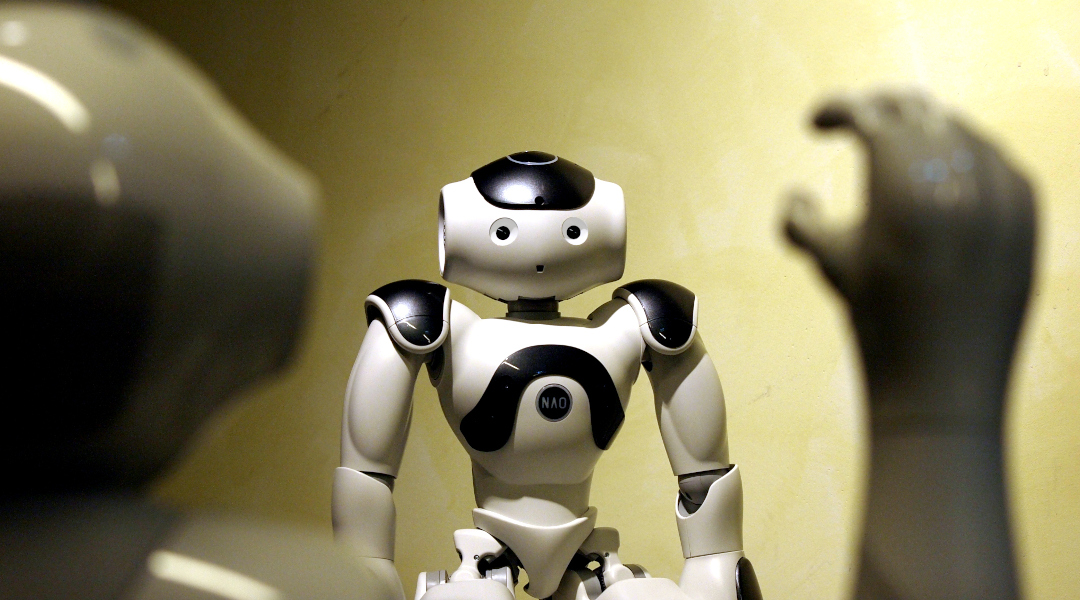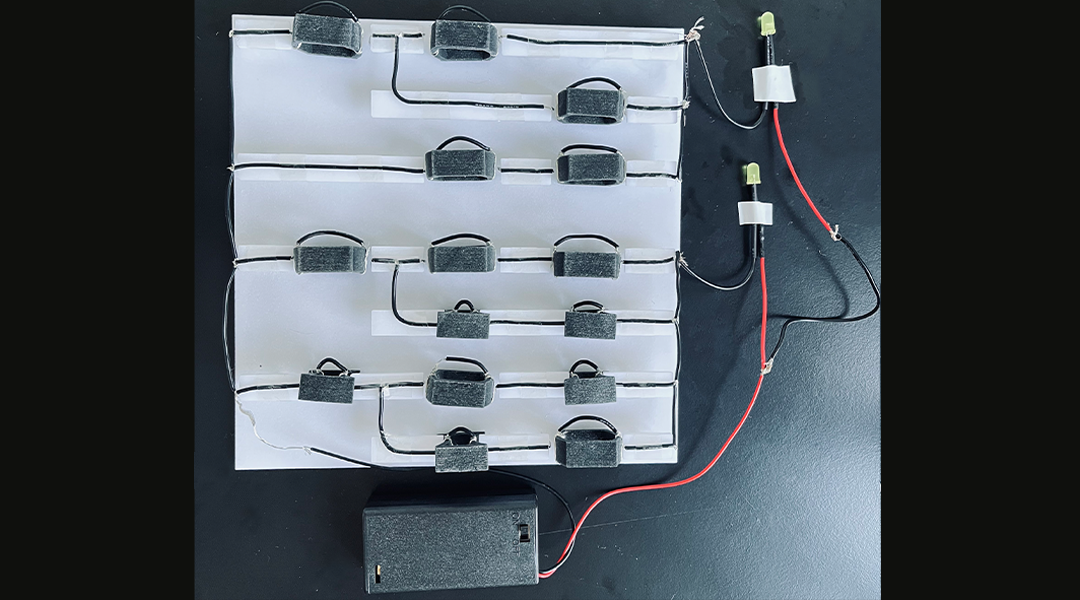Even light blows from heading a soccer ball can contribute to long term brain injury, highlighting the need for collecting precise data.


Even light blows from heading a soccer ball can contribute to long term brain injury, highlighting the need for collecting precise data.

Event cameras mimic the human eye to allow robots to navigate their environment, and a new approach helps minimize computational costs.

Using 19 different quantum computers, scientists demonstrate how entangled particles break limitations in accuracy on the sub-atomic scale.

Recreating the bead-like structure of seal whiskers grants scientists insight into new underwater technologies.

Sending atomic and nuclear clocks into the inner reaches of our solar system could help scientists find proof of elusive dark matter.

Putting a modern spin on old tech, scientists create a mechanical computer from metamaterials for situations where electronic computers break down.

Researchers take a lead from seahorse tails to develop grasping robots that could help clear up trash from our oceans.

Scientists use quantum entanglement to compare two atomic clocks achieving what might be the ultimate precision possible.

The power demands of the Internet of Things could be combated with computing systems that mimic biological neurons.

Borrowing its shape from a disposable to-go cup lid, this new drone wing adapts to its surroundings all on its own.